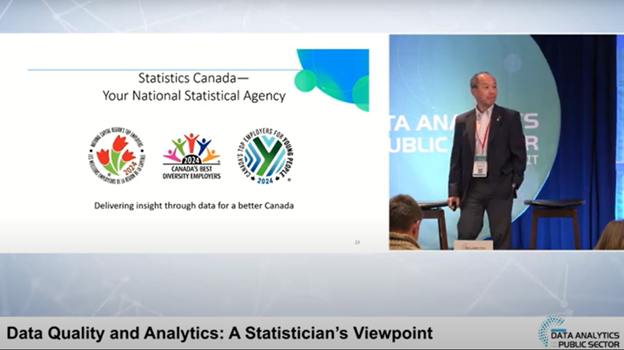In the fast-paced world of data-driven decision-making, not all data is created equal. As a veteran statistician from Statistics Canada reveals, understanding data reliability isn’t just a technical exercise—it’s a strategic imperative.
The 6 Dimensions of Data Reliability:
1. Accuracy and Reliability
What it means: Your data must precisely measure what it claims to measure. It’s not just about having numbers, but having the right numbers. Imagine measuring unemployment rates but accidentally tracking something entirely different. Accuracy ensures your insights are true to their intended purpose. Pro Tip: Always validate your data collection methodology against your core research question.
2. Representativity
The golden rule of statistical analysis. Your data must truly represent the population you’re studying. A sample of only males can’t accurately represent an entire workforce’s dynamics. In today’s diverse world, representativity is more crucial than ever. Key Insight: Incomplete representation leads to fundamentally flawed conclusions.
3. Timeliness and Punctuality
Data has a shelf life. How quickly can you access information after the reference period? Outdated data can lead to misguided strategies. In our rapidly changing world, timeliness is a competitive advantage.
4. Interpretability
Can you explain how you arrived at your conclusions? With the rise of AI and machine learning, the ability to break down complex statistical processes is paramount. Transparency builds trust.
5. Coherence and Comparability
Ensure your data uses consistent definitions across different sources. When departments speak different “data languages,” integration becomes impossible.
6. Accessibility and Clarity
What good is brilliant data if no one can understand it? Make your insights accessible, clear, and actionable. Real-World Example: In a mental health workplace study, Stats Canada didn’t just collect data—they:
- Carefully identified the right population
- Sent reminders to increase response rates
- Used statistical models to validate measurement questions
- Identified key factors influencing job satisfaction
The Result: Actionable insights that could directly improve workplace culture. Practical Takeaway: Don’t just collect data. Collect reliable data. Ask tough questions:
- Does this truly represent our population?
- Can we explain how we got these numbers?
- Are our definitions consistent?
Your Data Reliability Checklist:
✓ Validate collection methods
✓ Ensure comprehensive representation
✓ Check timeliness
✓ Maintain transparency
✓ Use consistent definitions
✓ Make insights accessible
In a world drowning in data, reliability is your lifeline to meaningful insights. Want to transform your data strategy? Start by mastering these 6 dimensions.
This blog post is based on the 2024 DAPS Summit session featuring






